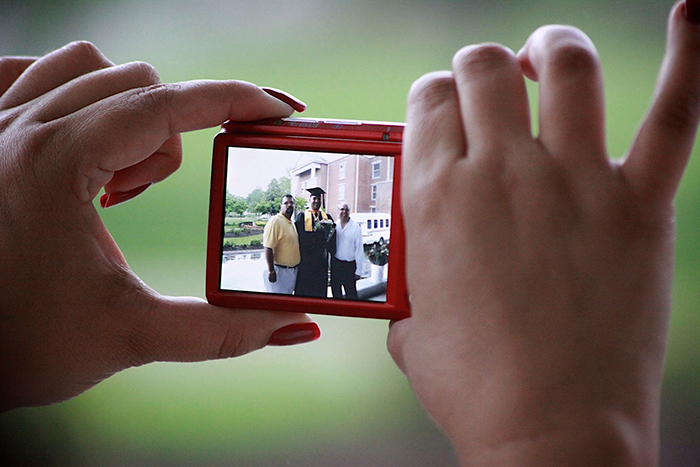Personal Digital Archiving in a Few Simple Steps

We cannot save our digital possessions — such as photos, documents, and recordings — in the same way that we save our material possessions. For example, we can toss paper photos in a box and trust that they will be safe for decades. But this benign neglect doesn’t apply to our digital possessions. Technology changes rapidly and, without proper care, our digital possessions may get trapped on obsolete computer hardware and become difficult to access.
There are a few simple steps we can take to successfully archive and preserve our digital possessions, steps that are derived from the digital preservation practices at the Library of Congress. In future bi-weekly Public Libraries Online posts, we will examine the process and, in the end, reduce the number of steps to an easy-to-remember handful.
For personal digital archiving, we advise people to:
– identify your digital files
– decide which files are most important
– organize the files
– make copies and store them in different places
In future posts, we’ll also cover topics that have a direct bearing on personal digital archiving, such as cloud storage, scanning/digitizing, transferring photo and text files off of cell phones, work with video files, and adding descriptions into digital photo files (the digital equivalent of writing descriptions on the back of paper photos).
We are excited to have this opportunity to address public librarians nationwide. Librarians – information experts — are on the front lines of helping their communities with digital literacy and they are the best possible community resource for sharing information about personal digital archiving. We hope that librarians can make good use of the personal digital archiving resources we have to offer.
Julie Mosbo, preservation librarian at Southern Illinois University at Carbondale, said, “Libraries and librarians, as places and keepers of knowledge and information, have a great opportunity to promote digital archiving to the public. I think (librarians) are the perfect group to teach it but I’m not sure the public is aware that librarians/libraries can help them with that kind of service. I think that — to many folks — we are still seen as ‘book’ people. Our desire to help and educate are natural opportunities to provide information on preserving digital items[1].”
In our next post, we’ll look at the issues around gathering all of your digital stuff. In the meantime, check out our website at http://www.digitalpreservation.gov.
Reference
____________
[1] “Librarians Helping Their Communities with Personal Digital Archiving,” The Signal, accessed April 12, 2013, http://blogs.loc.gov/digitalpreservation/2012/05/librarians-helping-their-communities-with-personal-digital-archiving/.












